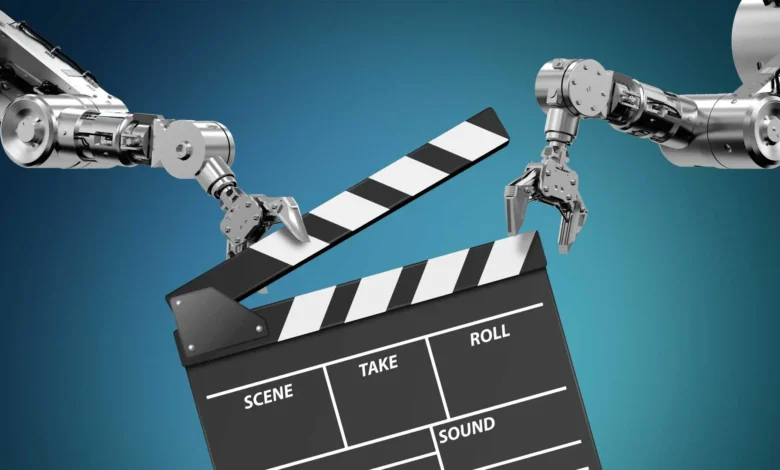How AI Is Transforming Motion Capture in the Film Industry

The film industry is undergoing a significant transformation due to advancements in AI-driven motion capture technology. These innovations enhance the realism of character animations and streamline production workflows. By reducing the need for traditional markers and extensive human input, filmmakers can focus more on storytelling. As these technologies evolve, one must consider the broader implications for cinematic creativity and audience engagement. What new narratives might emerge from this shift?
The Evolution of Motion Capture Technology
As the demand for more realistic visual effects in film increased, the evolution of motion capture technology became a pivotal element in the industry.
Early innovations, such as the use of sensors and markers, laid the groundwork for future advancements.
Key milestones, including the advent of real-time capture and improved software, revolutionized storytelling, granting filmmakers unprecedented creative freedom and immersing audiences in richly animated worlds.
See also: Best Practices for Deep Cleaning Your Carpets at Home
AI-Driven Enhancements in Performance Capture
While traditional motion capture relied heavily on physical markers and human input, the integration of artificial intelligence has ushered in a new era of performance capture that enhances both efficiency and creativity.
AI-driven techniques improve performance realism, allowing for more nuanced character animation. This not only elevates the authenticity of animated characters but also liberates artists to explore innovative storytelling possibilities without technological constraints.
Streamlining Workflows With Machine Learning
By harnessing machine learning, filmmakers are transforming the workflows associated with motion capture, making them more efficient and less time-consuming.
Automated tracking systems now facilitate precise data analysis, allowing for the rapid processing of performance data.
This innovation minimizes manual labor and enhances creative freedom, enabling filmmakers to focus on storytelling rather than technical challenges, ultimately revolutionizing the production landscape.
The Future of Storytelling in Film Through AI
AI is poised to redefine storytelling in film, unlocking new dimensions of creativity and engagement.
By facilitating immersive narratives, filmmakers can craft stories that adapt to audience choices, fostering interactive experiences.
This technology not only enhances viewer participation but also empowers creators to experiment with unconventional plots and character arcs, ultimately transforming the cinematic landscape into a more dynamic and captivating medium.
Conclusion
As AI continues to reshape motion capture in the film industry, it raises a compelling question: what new storytelling possibilities will emerge when technology and creativity converge? By enhancing realism and streamlining workflows, AI not only enriches character performances but also empowers filmmakers to explore innovative narratives. This transformative approach promises to redefine audience engagement, making cinematic experiences more immersive and dynamic than ever before. The future of film is unfolding, driven by the synergy of art and artificial intelligence.





